
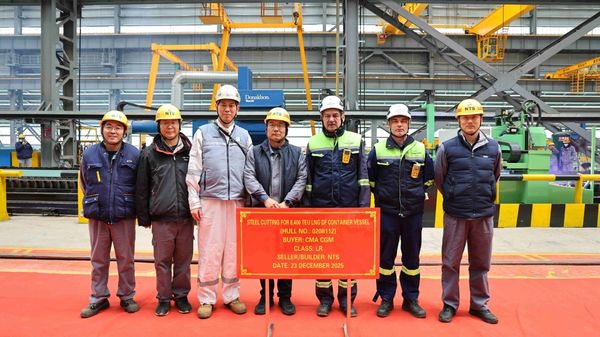
|
New Times Shipbuilding begins steel cutting on 8,400-teu LNG dual-fuel boxship
Chinese shipyard begins construction on vessel for CMA CGM with Lloyd's Register classification oversight. |
|
|
|
||
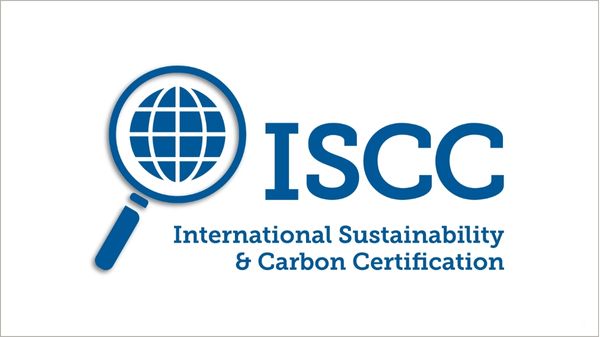
|
Golden Island secures ISCC EU certification for sustainable marine fuel trading
Singapore-based firm can now supply B100 biodiesel and green methanol with verified sustainability proofs. |
|
|
|
||
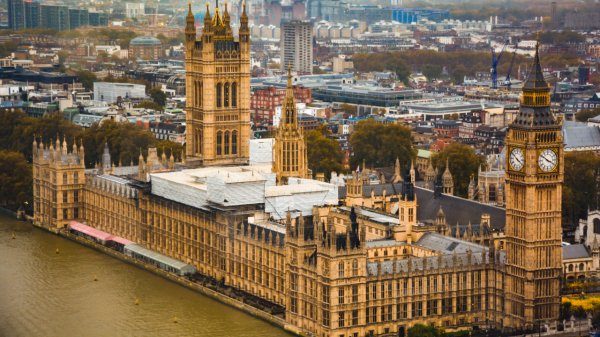
|
Uni-Fuels seeks bunker traders for London operations
Nasdaq-listed marine fuel supplier recruiting for trading team to support global expansion efforts. |
|
|
|
||
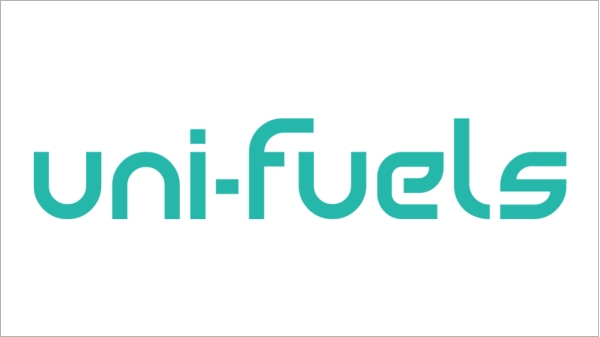
|
Uni-Fuels seeks bunker traders for Piraeus office
Nasdaq-listed marine fuel provider advertises positions as part of expansion in Greek market. |
|
|
|
||
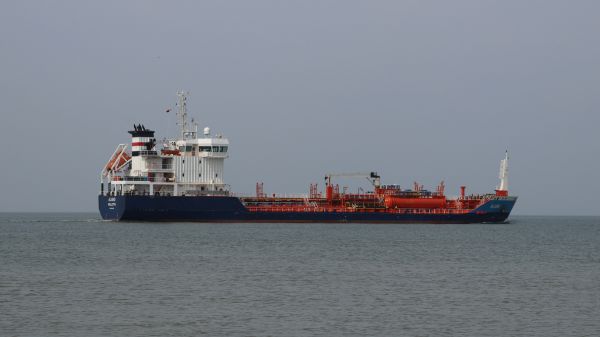
|
EU updates shipping company assignments under emissions trading system
European Commission publishes revised list of administering authorities based on latest Thetis-MRV data. |
|
|
|
||
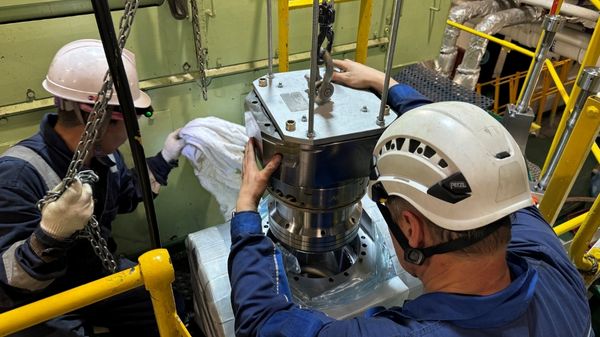
|
WinGD promotes variable compression ratio retrofits for existing LNG dual-fuel engines
Engine designer claims technology can reduce emissions and methane slip ahead of 2030 targets. |
|
|
|
||
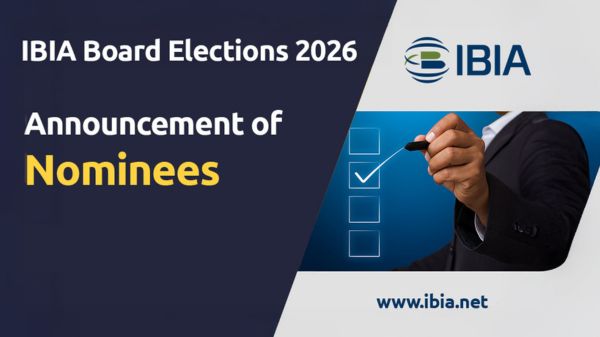
|
IBIA announces 11 nominees for four board vacancies in 2026 election
Voting opens 5 January with results to be announced at AGM on 9 February. |
|
|
|
||
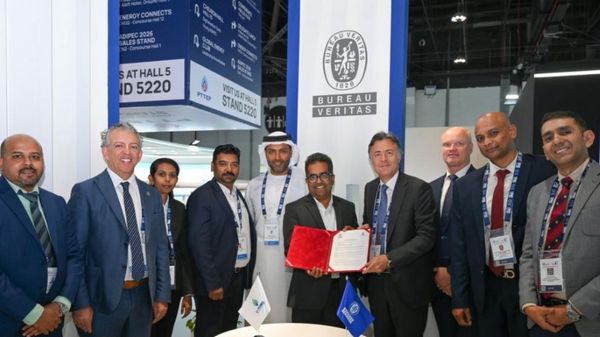
|
Bureau Veritas and C-Torq Marine Services sign MoU for hydrogen energy system development
Partnership aims to secure approval in principle for W-VOLT120 hydrogen-based maritime power system. |
|
|
|
||
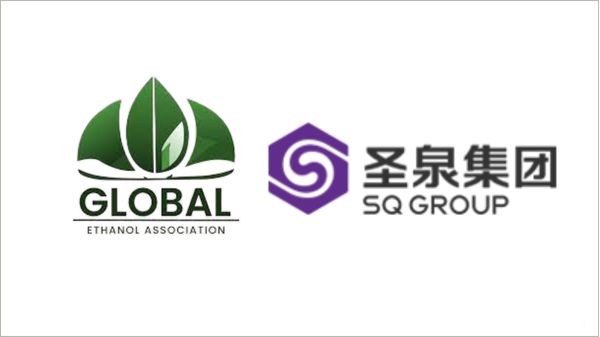
|
Jinan Shengquan Group joins Global Ethanol Association as founding member
Chinese bio-based materials group joins new industry body promoting ethanol for energy security and emissions reduction. |
|
|
|
||
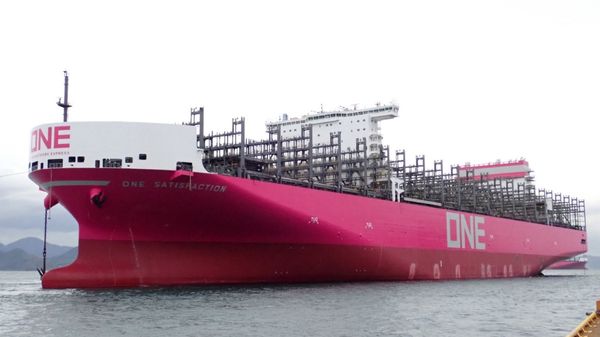
|
Ocean Network Express names sixth methanol and ammonia-ready container ship
ONE Satisfaction is a 13,800-teu vessel scheduled for delivery in February 2026. |
|
|
|
||
| Singapore 12-month bunker sales jumped from 45 to 50m tonnes in just 21 months [News & Insights] |
| Singapore makes history with bunker sales of 50m tonnes over 12 months [News & Insights] |